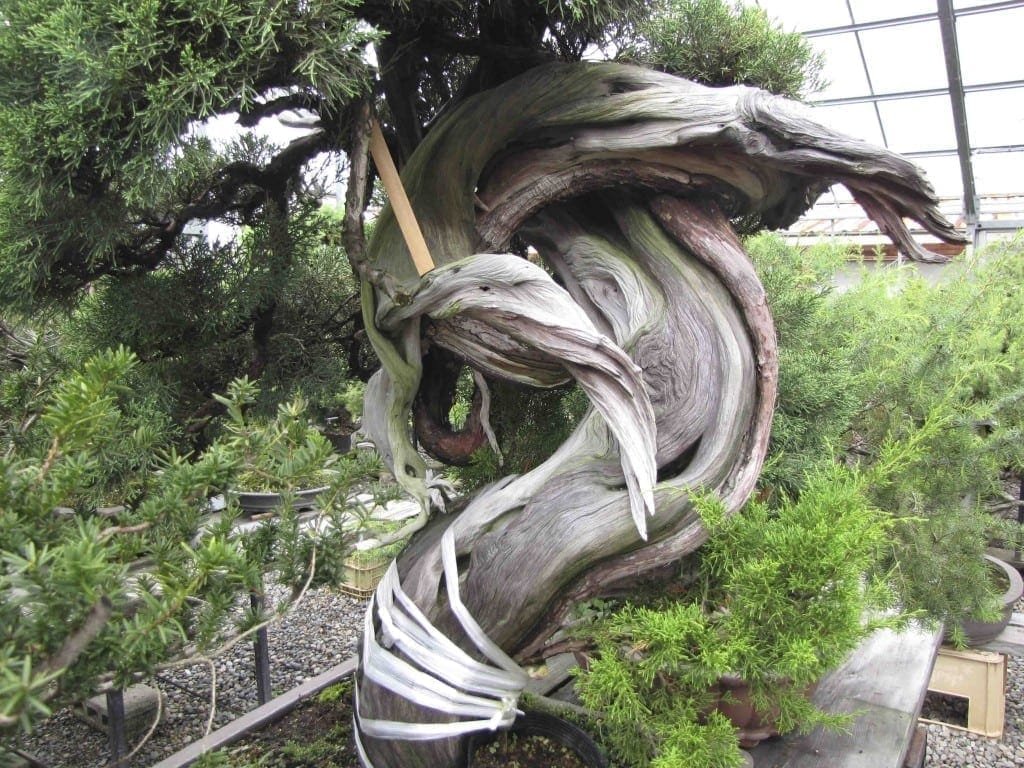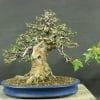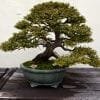When bonsai growers graft trees, they are performing tree propagation. The grafting method is used when other tree creating processes, such as cuttings or seeds, is unworkable. Furthermore, the method allows bonsai growers to create unique and delicate tree species.
The chosen branch is attached to a durable base plant of the same species to ensure success by creating a healthy bonsai tree. Popular tree species most often used for the purpose of grafting include the five-needle pine or the Japanese black pine.
Bonsai specialists use the grafting process to create popular tree species in large numbers. Also, individual growers should be aware that certain types of trees have more suitable bonsai features such as trunk shapes, bark consistency, leaf patterns and overall form.
Certain species of trees adapt more easily to bonsai formation by keeping the miniature perspective in the correct proportions.
Grafted trees cost bonsai cultivators more due to the challenge gardeners face in growing them.
Nursery growers, who endure grafting, spend years to accomplish the skill.
Furthermore, about 10 to 80 percent of grafts are successful, depending on the species, and growers must have extreme tree knowledge.
For example, a bonsai grafter must know the multiple techniques available, understand different tree species and have artistic talent.
Successful bonsai grafters often try numerous techniques and work with instructors to create these unique trees.
Also, bonsai grafters often face unbalanced trunk growth along with unfortunate scarring when attempting the process.
A flawlessly grafted tree will include several preferred features, which are not natural to the tree, making it a desirable bonsai.
When grafting a bonsai tree, cultivators should remember to:
- Graft branches onto the same species of tree
- Use branches from trees that accept growing in miniature easily
- Study different grafting techniques and methods
- Allow their artistry to guide them
- Have patience with their bonsai tree


